Ezz stated that Egypt’s economy has a growth potential not seen in the past thirty years, saying:
“Egypt is on the verge of a major growth phase — not only in steel but in the economy as a whole. The massive investments in infrastructure have the potential to trigger a wave of investments, not just in steel but across many sectors of the economy. Therefore, there are strong reasons to be highly optimistic about Egypt’s growth outlook,” he said.
However, Ezz drew attention to the significant global steel overcapacity, noting:
“Today, there is an excess steel capacity of 600 million tons worldwide. When I first entered the industry, the total global steel production capacity was 600 million tons — now that figure represents just the surplus.”
Emphasizing that this issue is not solely caused by China, Ahmed Ezz pointed out that although the Arab world produced 40 million tons of steel last year, it has a production capacity exceeding 75 million tons. He said:
“Almost every country in the Arab world has excess production capacity. Therefore, we must be extremely cautious about new investment decisions going forward.”
Ezz also stated that the export-oriented growth model has lost its relevance, emphasizing that the rising global trade barriers have severely limited steel exports:
“The same countries that once wrote the rules of free trade have now set that book aside. It has become nearly impossible to export to the U.S., Europe, Brazil, or many countries in Southeast Asia,” he said.
Therefore, Ezz noted that future growth will come from domestic markets:
“We are now focusing on investments that enhance integration, move toward higher value-added products, and target domestic consumption — rather than trying to export to the world,” he said.
Ezz emphasized that Egypt is well-positioned in this regard, adding that other major Arab producers such as Algeria, Libya, Qatar, and Saudi Arabia share similar conditions:
“There is a certain level of global overcapacity in every country. That’s why each nation should adopt a balanced growth strategy within the framework of its domestic demand,” he stated.
Ezz said that steel demand in Egypt is expected to grow by 7–8% annually, and it could take about five to six years for the existing production capacity to be fully utilized.
He also stressed the importance of upstream investments such as pelletizing and direct reduction (DRI), as well as localizing the production of certain imported steel grades:
“Today, in an integrated structure — from iron ore to finished products — producing 1.5 to 2 million tons of steel per year requires an investment of about $1 billion. But the biggest challenge facing the steel industry is the global overcapacity. This situation forces producers to focus more on domestic rather than export markets,” he said.
Ezz noted that this trend encourages producers to support their local economies, work closely with governments, and contribute to the growth of infrastructure and housing sectors.
“When infrastructure and housing construction grow steadily, there is a real future for the Arab steel industry,” he added.
Concluding his speech, Ezz evaluated the overall performance of the Arab steel industry, stating that over the past 20 years, the region’s steel sector has grown at only about half the rate of the global average:
“Our per capita steel consumption is still well below the global average. This is actually good news, as it means we still have room to grow. We have not yet entered the steel-intensive growth phase — the period of sustainable 10–15% annual growth that lasts for 10–15 years. But this is not a reason for pessimism; on the contrary, it is a strong sign for optimism,” he said.


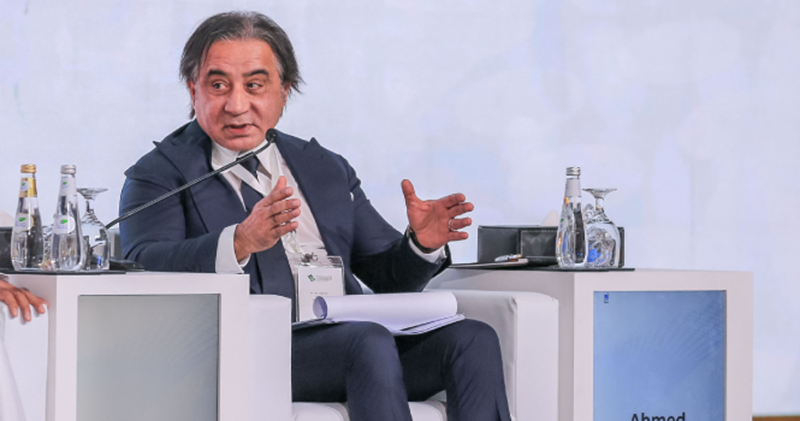
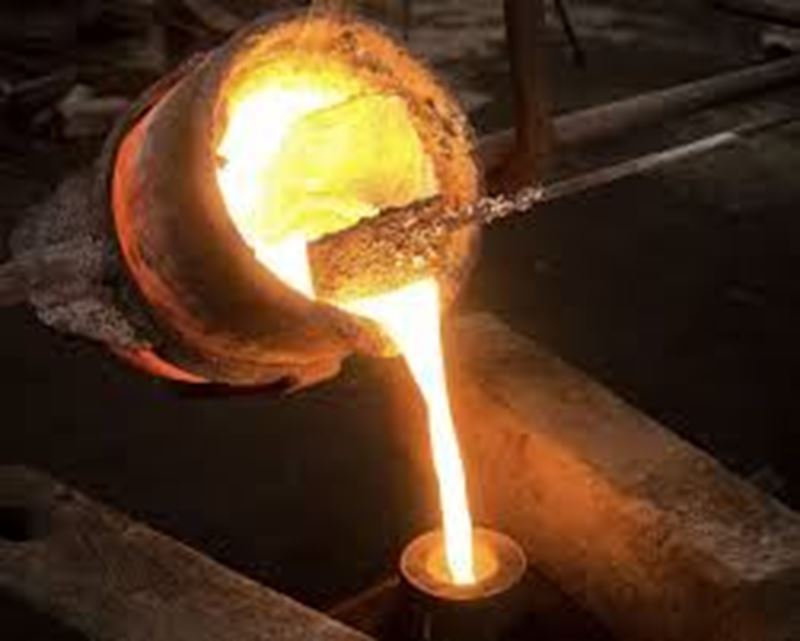

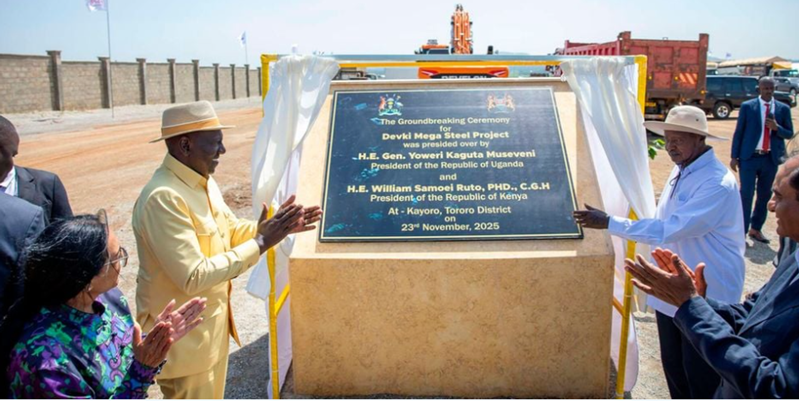
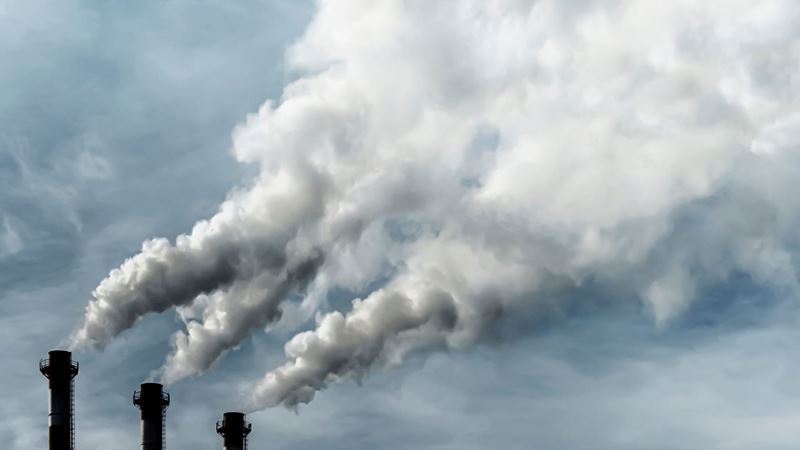
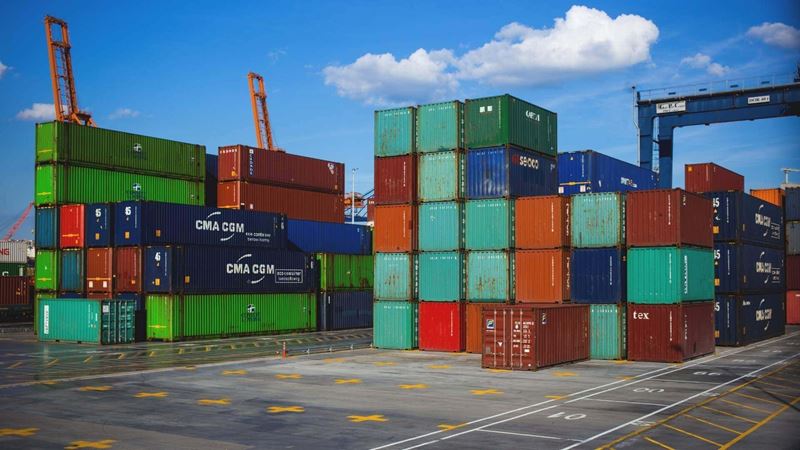

Comments
No comment yet.